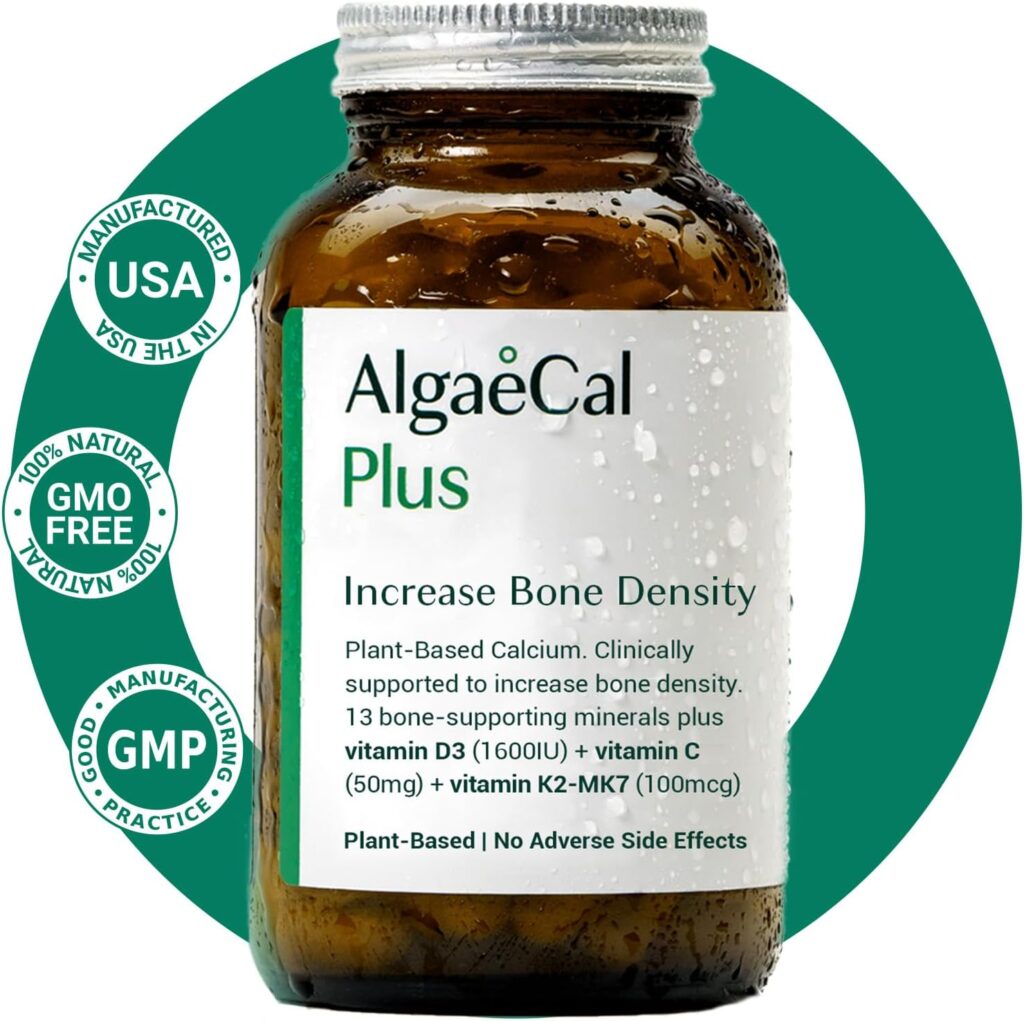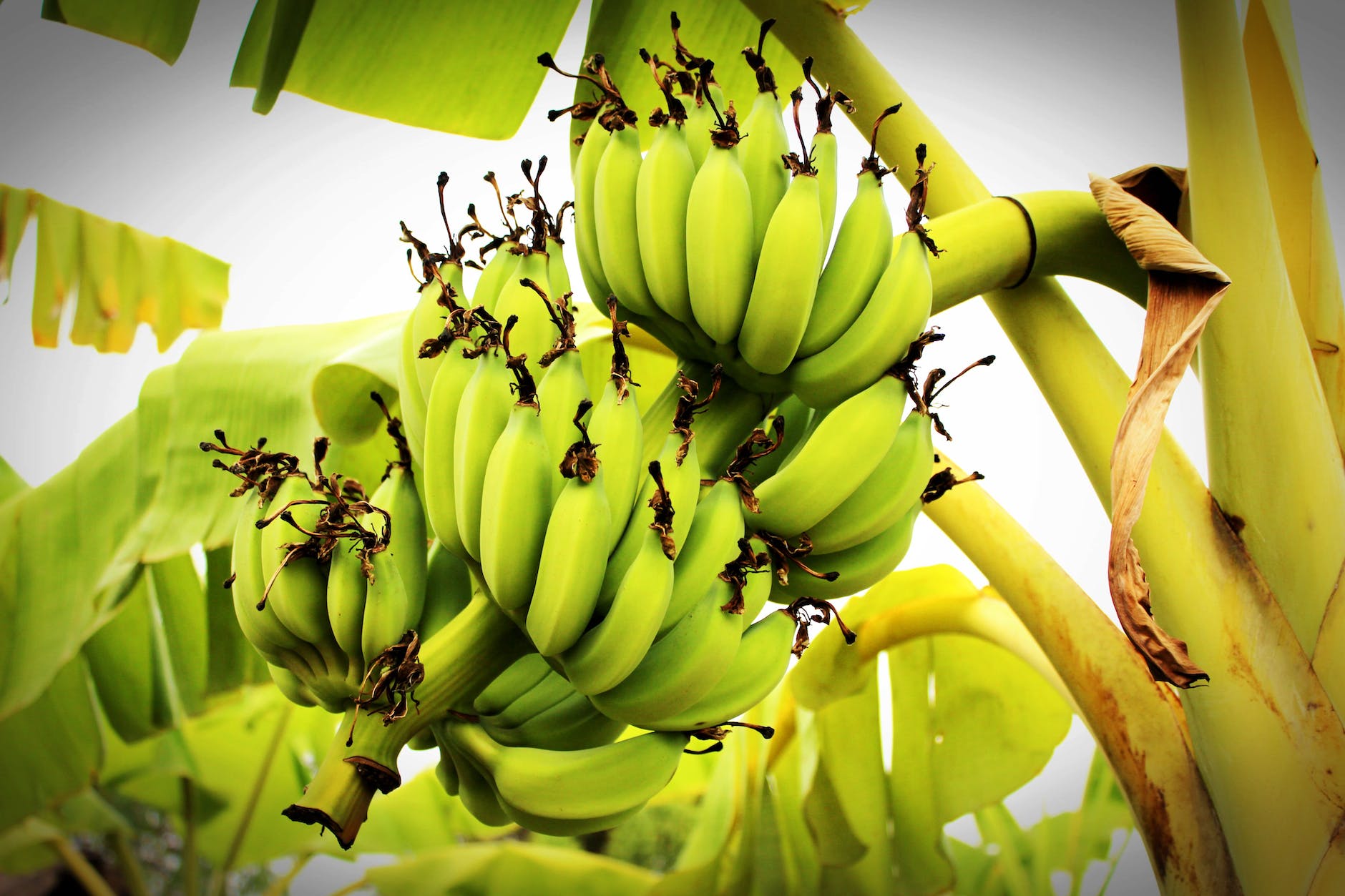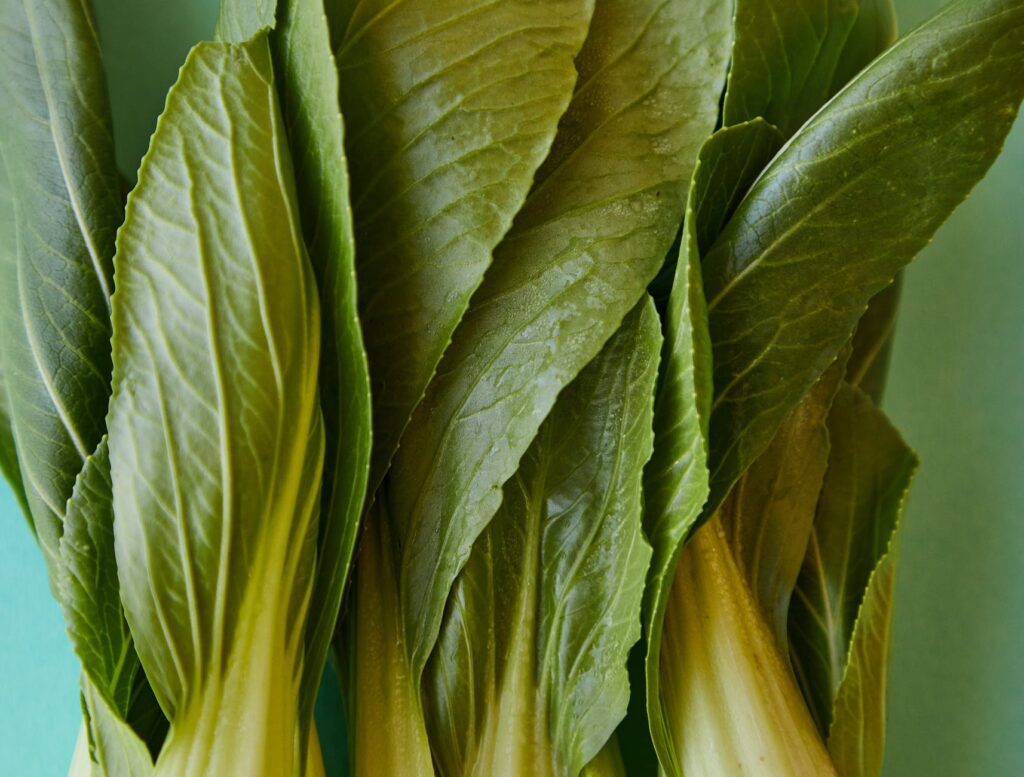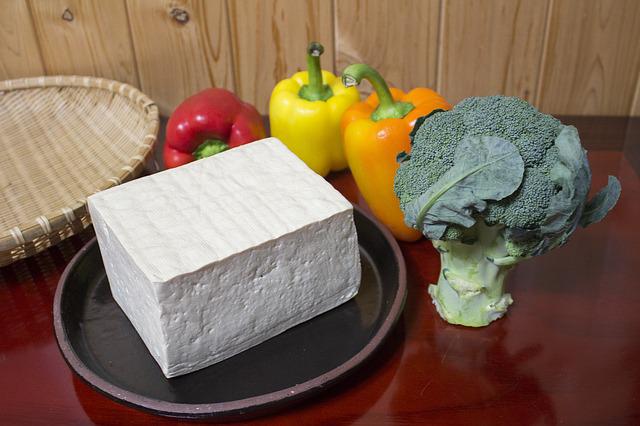In this article, we’ll go over the top magnesium-rich foods to ensure you’re getting enough of this crucial mineral! But first, what is the significance of magnesium, and how it plays an important role in your bone health?
To keep your body in optimal health, you need to consume enough magnesium. Magnesium is involved in over 300 metabolic events in your body! It also benefits everything from bone health to the immune system.
Nonetheless, according to the most recent study, Around 50% of Americans consume less than what is required for magnesium, and some age groups consume much less.”
Why Is Magnesium Vital?
Magnesium performs numerous critical activities. If you’re an athlete, you’re probably aware that magnesium helps with energy synthesis and transportation to cells. Furthermore, it is necessary for contracting and releasing muscles.
Magnesium is also involved in protein synthesis and aids in the normal functioning of several enzymes in the body. It promotes heart health, regulates blood pressure, and aids the body in producing antioxidants that fight disease.
Notably, magnesium is required to produce glutathione, a critical antioxidant. Your immune system involves glutathione for two critical functions: protection and practical immune cell function.
This post contains referral links for products we love. Staying Fit With Aeran earns a small commission on these links at no cost to you, and the links will always be marked with an asterisk *.
Adults’ Recommended Dietary Allowances:
- Men: 400-420 mg
- 310-320 mg for women
Foods High in Magnesium
350 milligrams / 4 capsules AlgaeCal Plus *
AlgaeCal Plus is derived from Lithothamnion superpositum, a rare red ocean algae found on the South American coast. This algae is unique in that it is extremely nutrient-loaded. In fact, it contains all 13 important elements for bone health! This includes a sufficient amount of magnesium.

This microscopic seaweed is ground into a nutritious whole-food powder. Then, by adding a little extra magnesium to achieve the correct 2:1 calcium-to-magnesium ratio.
So, one serving of AlgaeCal Plus has 350 mg of magnesium and 720 mg of calcium. (Not to mention the 11 other bone-building minerals and vitamins C, D, and K2!)
Dark chocolate contains 228 milligrams per 100 grams.
The ultimate happiness food is dark chocolate, not only because it’s delicious! Chocolate includes phenylethylamine, a naturally occurring hormone-like chemical that triggers the production of endorphins, or “feel good” neurotransmitters.
Dark chocolate is also widely recognized for its polyphenol antioxidants, which help to decrease cholesterol and improve cardiovascular health. Chocolate has a lot of magnesium, thanks to the cocoa. There is approximately 228 mg of magnesium in 100 grams of dark chocolate (70-85% cocoa). That’s more than 70% of your RDA. So enjoy it, but only in moderation!
White beans contain 190 milligrams per 100 grams.
White beans have a high magnesium, fiber, and folate content. A massive 190 mg of magnesium is found in 100 grams of white beans (about 12 cups).
Furthermore, consuming a lot of beans has been related to a lower risk of stroke, high blood pressure, heart disease, and type 2 diabetes. Other legumes that are high in magnesium include navy beans, pinto beans, and fava beans.
Black beans contain 171 milligrams per 100 grams.
Black beans, like other legumes, are a vegetarian mainstay because they are high in protein and low in fat and cholesterol. They’re also high in magnesium, with 100 grams containing 171 mg.
Because black beans include magnesium as well as calcium and phosphorus, they aid in strengthening bones. They aid in diabetic management because their fiber improves blood sugar levels. They also include antioxidants that are beneficial to your heart!
Try cooking them yourself by soaking and boiling them overnight. When compared to canned beans, this minimizes salt while increasing flavor.
1 oz Pumpkin and Squash Seeds cotain 168 milligrams
Pumpkin and squash seeds are a high-nutritional-value snack. They have a high magnesium content: 1 ounce (about 142 seeds) has 168 mg.
They also contain 30 grams of protein and 8 milligrams of iron. And because these seeds are strong in the amino acid tryptophan, consuming a handful before bedtime will help you relax.
Medium size plantain has 109 mg
Plantains are a mainstay for millions of people in tropical nations because they are a high-energy source. They’re also simple to make. Simply cut them up and pan-fry them for a tasty snack!
Furthermore, one plantain has 109 mg of magnesium. These delectable fruits are also high in iron, potassium, and vitamin A, all of which are beneficial to bone health. They’re also high in B vitamins, notably B6, which can help lower stress symptoms and the risk of cardiovascular disease.

97 milligrams per 100 grams of mackerel
Cold-water fatty fish like mackerel contribute magnesium and are an excellent source of bone-healthy omega-3 fatty acids. Magnesium is included in every 100 grams of mackerel (about one tiny fillet).
Furthermore, mackerel is a good source of vitamin B12, a difficult-to-find B vitamin commonly associated with red meat. Don’t overlook tinned mackerel, which contains the same quantity of minerals and vitamins as fresh fish. Just keep in mind that canned fish frequently has more sodium than fresh fish, so read the labels at the grocery store!
Spinach has 87 mg per 100 grams.
Spinach is high in magnesium, especially when cooked. This is due to the fact that cooked spinach wilts to a significantly smaller size than raw spinach. A pound of raw spinach, for example, cooks down to one cup, so you get the nutritional benefits of a complete pound of the vegetable while consuming less! Cooked spinach contains 87 mg of magnesium per 100 grams or slightly more than half a cup.
This green superfood also has a high iron concentration. You can improve your iron absorption by combining spinach with vegetables high in vitamin C (also known as ascorbic acid), such as broccoli, Brussels sprouts, and cauliflower. Take note that this approach also applies to other iron-rich veggies!


86 milligrams / 100 g Swiss chard
You’ve probably heard that dark, leafy greens are considered a superfood. This is because they are high in nutrients such as magnesium. Swiss chard is no different.
Every 100 grams (just under two cups) of cooked Swiss chard has an amazing 86 mg of magnesium. This veggie is also high in bone-building vitamins A, K, and C!
1 oz Almonds have 76.5 mg
If you’re trying to lose weight and avoid nuts, you’ll be relieved to discover that almonds are among the lowest-calorie nuts, They only have 164 calories per ounce. Almonds are also high in calcium and magnesium, which help strengthen bones.
One ounce (a large handful) of almonds provides 76.5 mg of magnesium and 76.3 mg of calcium. They have more calcium and magnesium than any other nut! Almonds also contain protein and heart-healthy lipids. They are also high in vitamin E and manganese – a handful of almonds has more than a third of the daily requirements for both of these minerals.
1 oz cashews have 73.3 mg
Cashews are another magnesium-rich nut. One ounce of cashews (approximately 18 nuts) contains 73.7 milligrams of magnesium!
Cashews have a high carbohydrate content, but they are also quite healthy. They contain magnesium as well as vitamins B-6, E, and K, as well as minerals like iron and potassium.
Figs have 68 mg per 100 g
Figs can be eaten fresh or dried. However, dried figs have a more pleasing texture and sweet flavor than fresh fruit. In addition to being a delightful snack, figs have a lot of nutritional value.
Specifically, figs are high in various minerals, including magnesium. Every 100 grams (about 11 dried figs) contains 68 milligrams of magnesium. Manganese, potassium calcium, and vitamins K and B6 are also found in figs!
Quinoa has 64 milligrams per 100 g
Did you know that quinoa is a fruit rather than a grain? That is correct! Whatever you call it, quinoa is a great source of magnesium, with 64 milligrams per 100 grams (a little more than half a cup).
Quinoa was always considered a vegetarian staple, but it is now included on the menus of many popular eateries! A cup of cooked quinoa has 8 gms of complete protein as well as all nine necessary amino acids, which is unusual for non-animal protein. It also contains 3.5 grams of good fat and 5 grams of fiber.
Edamame has 62 mg per 100 g
Edamame (AKA immature soybeans!) are high in nutrients, just like their black and white bean counterparts. In terms of magnesium, edamame provides 62 milligrams per 100 grams, which is around a cup.
Plus, edamame is high in vegan protein, fiber, antioxidants, and vitamin K! However, it’s worth mentioning that there has been a lot of debate in recent years about whether soy is truly healthy for you.
Tuna has 64 milligrams per 100 grams.
Because of its white hue and mild flavor, it is referred to as “chicken of the sea” by some. Tuna is a fantastic option for folks who don’t like seafood but want to obtain their omega-3s.
Furthermore, tuna is high in magnesium, with every 100 grams providing 64 mg of this crucial element. Tuna is also high in vitamin B12, which you may be deficient in if you don’t consume much red meat.
100 g of Tofu has 60 milligrams
Tofu is likely the most well-known vegan protein source. It’s also an excellent source of minerals such as calcium, iron, manganese, selenium, copper, phosphorus, and, yes, magnesium! Tofu has roughly 60 milligrams of magnesium per 100 grams.
Tofu is versatile in addition to being healthy. You can blend some into a smoothie, marinate, and put in a Thai stew or pan-fried with a crunchy coating for imitation chicken strips!

1 medium avocado has 58.3 mg
Avocados are well-known for being high in monounsaturated fats, which can help decrease cholesterol and enhance heart health. However, they offer other advantages that go beyond heart health…
If you add a medium avocado to your salad or sandwich, you’ll get 58.3 mg of magnesium!
This decadent, creamy delight is also heavy in fiber, which accounts for 79% of avocado carbs. Half an avocado has 4.5 grams of fiber. This will help manage hunger, feed beneficial intestinal flora, and lower the risk of diabetes. Avocados are also high in protein and low in sugar. Win, win, win!
